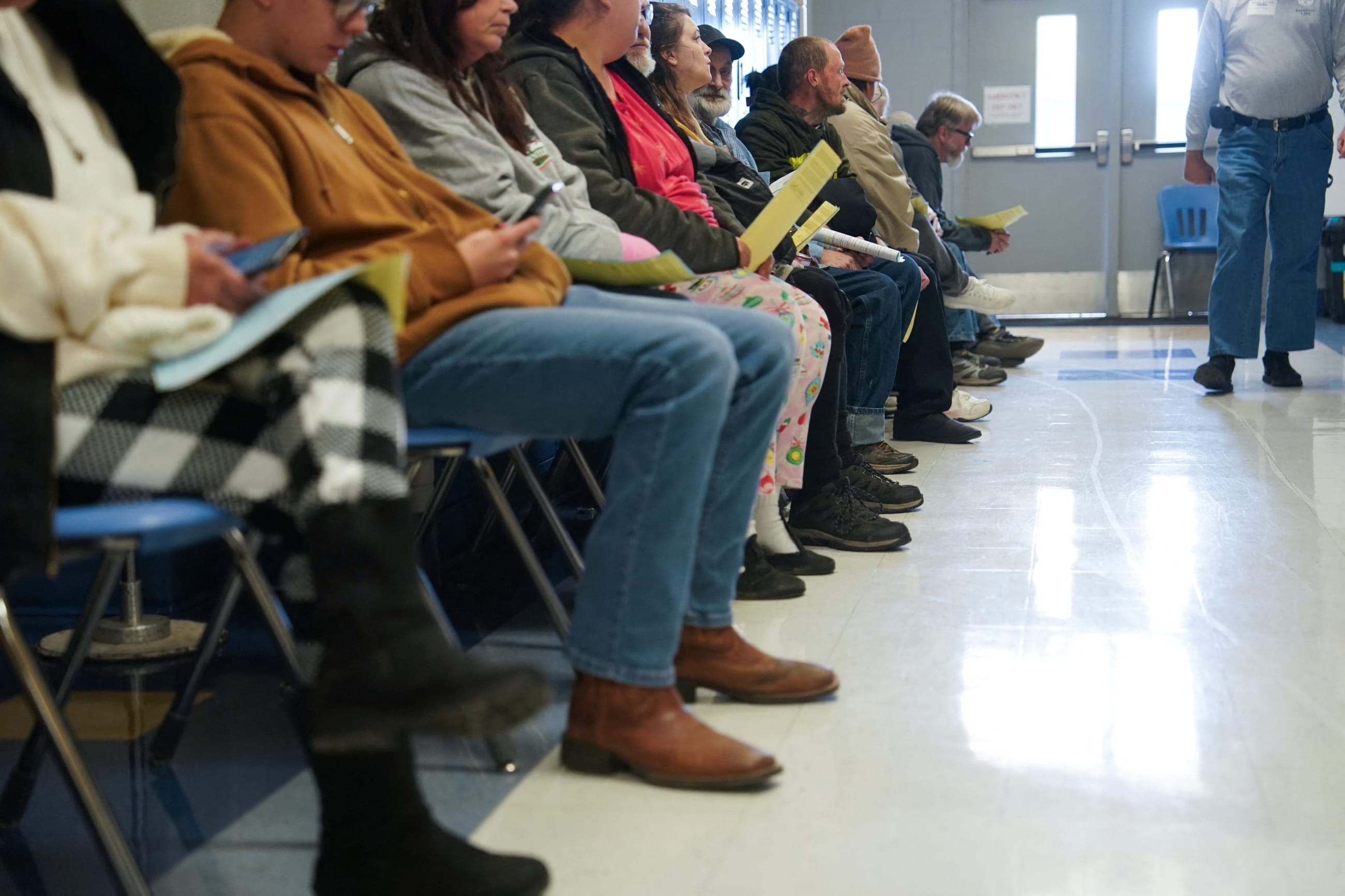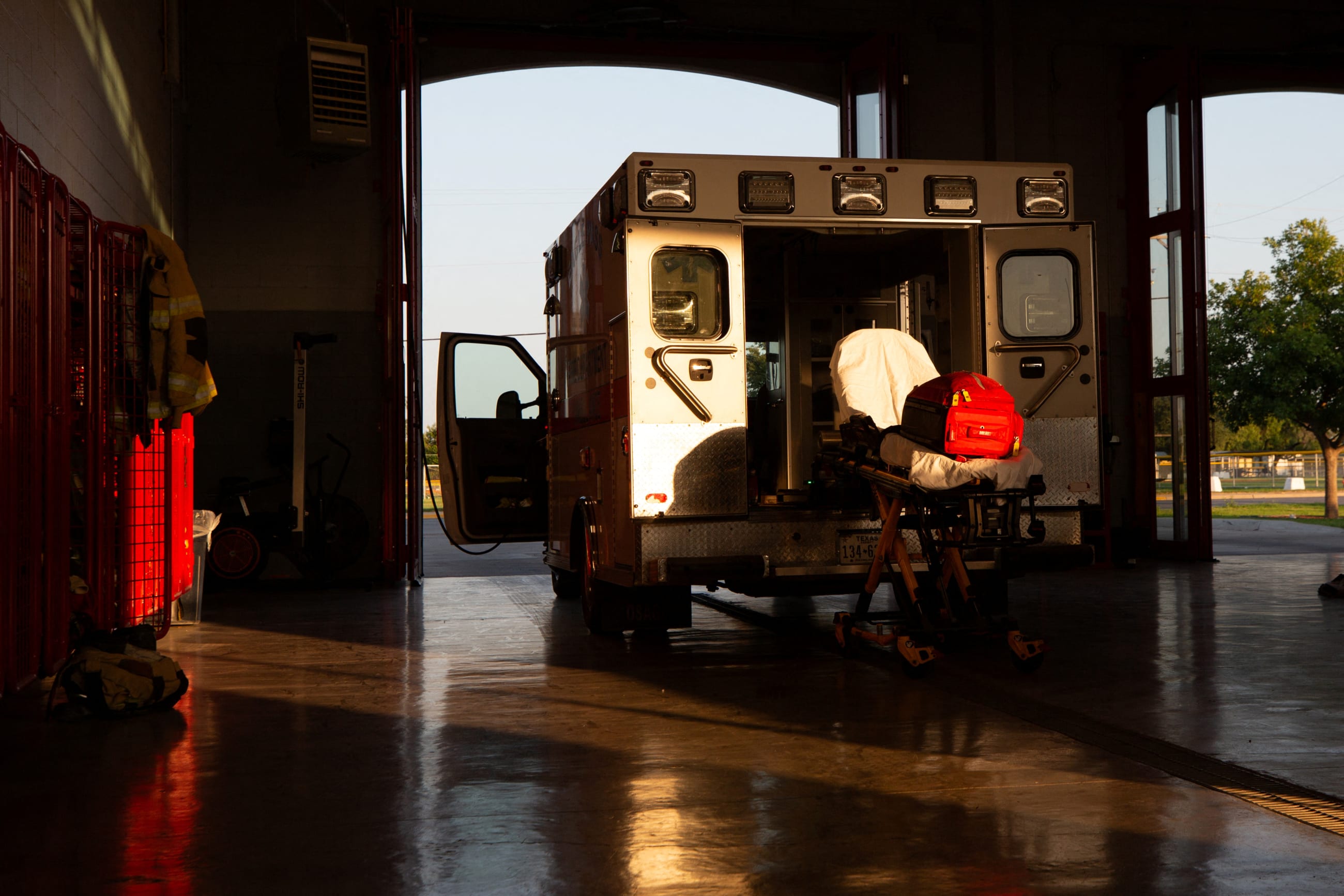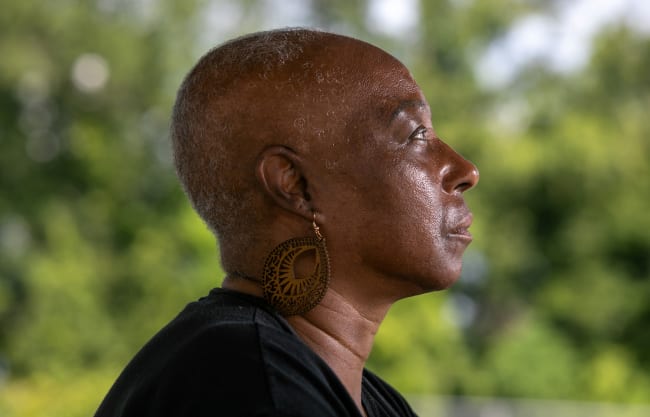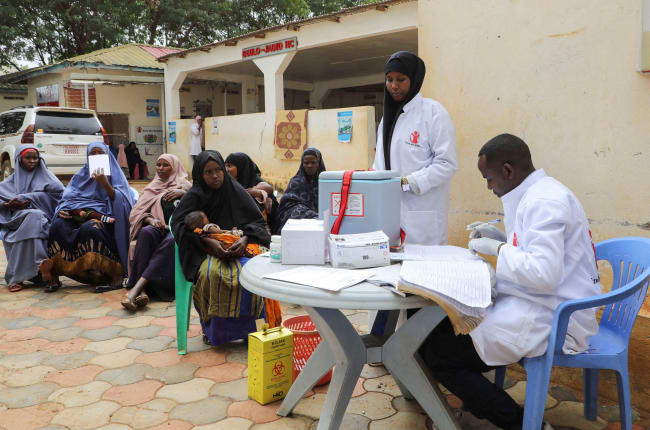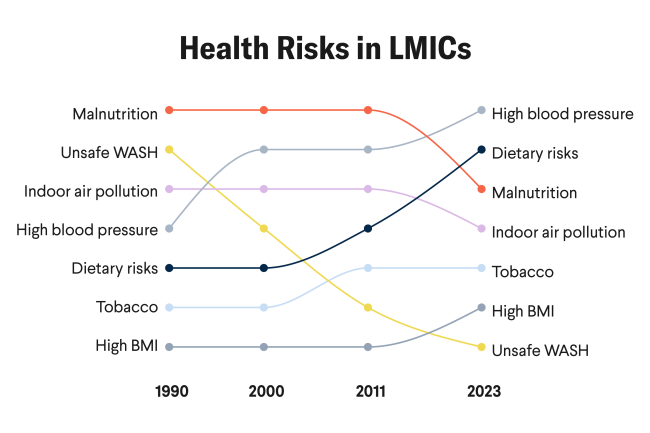Beginning in 2026, Americans will find it harder to obtain health insurance outside their jobs.
Enhanced premium subsidies under the Affordable Care Act (ACA)—namely, tax credits used by 22 million people and currently at the center of the budget impasse in Congress—are due to expire. Just two years ago, the subsidies allowed 80% of ACA enrollees to buy insurance plans for $10 or less per month. Low-income families will no longer be allowed to purchase ACA coverage outside the open enrollment period. The Trump administration has barred 10,000 Dreamers from participating in state and federal health insurance exchanges, and this summer's One Big Beautiful Bill Act (OBBBA) stripped ACA coverage from approximately 300,000 lawfully present immigrants.
Yet restrictions have been loosened in one arena: catastrophic health insurance.
In September, the U.S. Department of Health and Human Services (HHS) announced an expansion of "access to more affordable catastrophic health coverage" via changes in ACA program guidance.
Potential enrollees will need to understand that catastrophic coverage is not the same as traditional health plans
The biggest change is that HHS has dropped restrictions on who can purchase catastrophic policies. Since the ACA exchanges opened to enrollment in October 2013, catastrophic coverage was generally available only to enrollees younger than 30. Older adults had to apply for a hardship exemption by proving that no other plan available on the exchange was affordable.
But before switching, potential enrollees will need to understand that catastrophic coverage is not the same as traditional health plans. Catastrophic plans can have much higher out-of-pocket costs than other plans in the event of serious illness or injury. They also lack a robust primary and preventive care component that can help enrollees better preserve health and help avoid debilitating and costly medical issues.
Chris Bond, a spokesperson for AHIP, the primary trade group for health insurers, said in an emailed statement that although "catastrophic plans can provide important coverage for specific needs, they are not a replacement for affordable comprehensive coverage."
Catastrophic Plan Premiums Are Lower, But Mind the Deductible
Catastrophic plans are among the least costly type of health insurance, which affordability is possible because insurers cover virtually nothing unless an enrollee becomes seriously ill or injured. Insurers find the plans ideal for adults in their twenties because they are a low risk for getting sick and needing health care. As a result, monthly premiums on catastrophic plans average about $361. That's 26% lower than the average cost of a bronze-level plan, the least expensive noncatastrophic coverage available on the ACA exchanges.
Although the catastrophic policies on the exchanges carry the safeguards of other ACA-sanctioned insurance—such as no lifetime caps on coverage and mandates for specific services—they only kick in after the out-of-pocket deductible is met. For 2026, the deductible for a catastrophic plan is $10,600 for an individual and $21,200 for a household. Under a catastrophic plan, the only services covered before the deductible are three primary care visits per year. Catastrophic plans are also not eligible for income-based subsidies, neither advanced premium tax credits nor cost-sharing reductions.
Those issues and the age restrictions are among the reasons catastrophic coverage has been less popular. Catastrophic enrollment totaled just 54,000 nationwide in 2025—out of more than 24 million exchange enrollees.
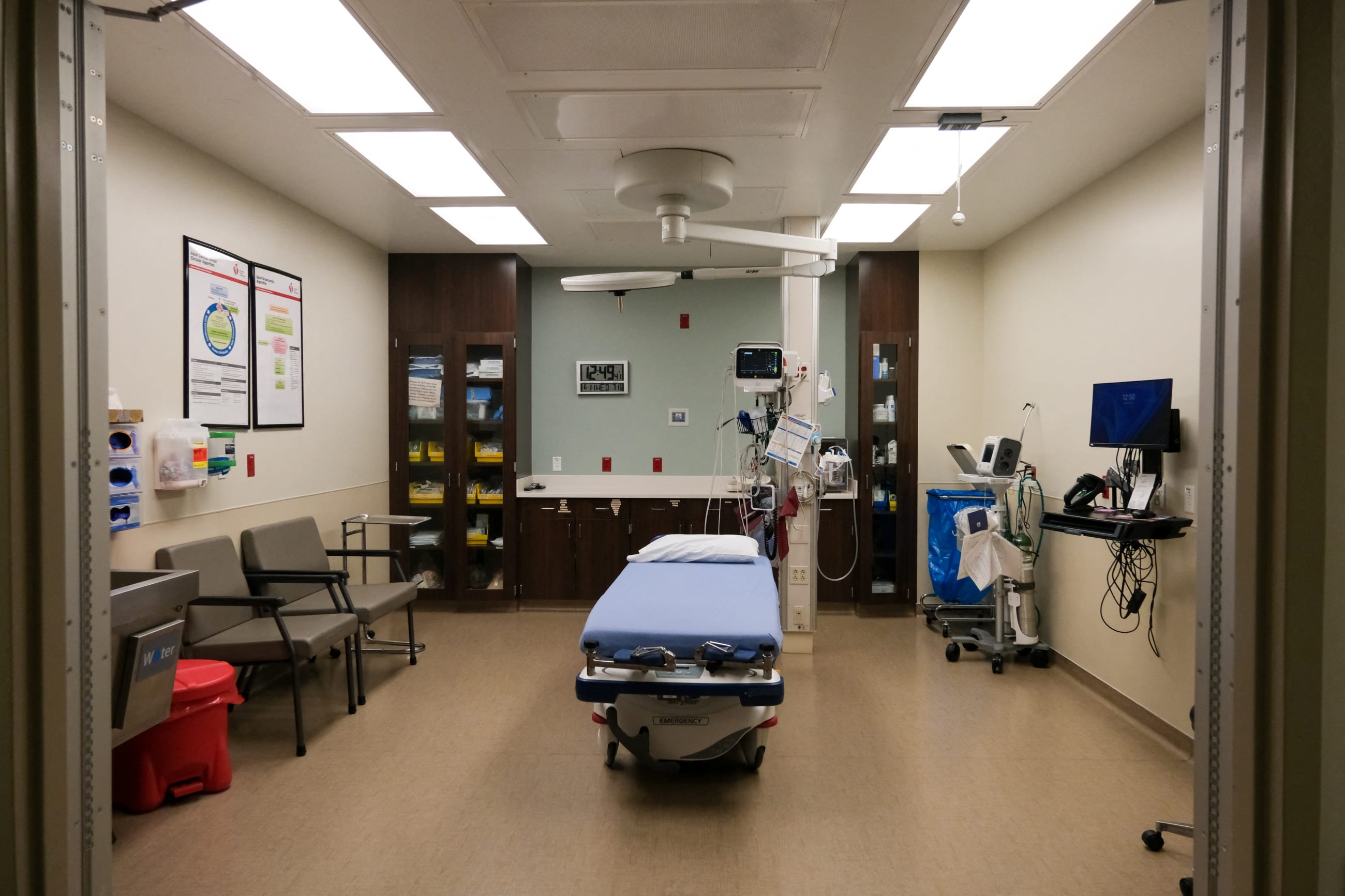
HHS did not announce any enrollment projections for catastrophic coverage under the new rules, and the department did not respond to a request seeking comment for this article.
Health-care policy and insurance experts note that although the premiums could be attractive to them, lower-income households are likely to be daunted by having to shell out a few hundred dollars per month just to maintain their coverage and another five figures of out-of-pocket expenses before getting their care paid for.
"For a lot of people, that's not a great choice," said Anthony Wright, executive director of Families USA, a nonprofit based in Washington, DC, that advocates for making health care more affordable. "If folks have to downgrade their coverage, it means they're much more exposed to financial hardship if they do have a medical emergency. That is not a solution to the problem of making sure that people have both access to health care and a protection of financial security when they need health care."
Katherine Hempstead, a senior policy advisor at the Robert Wood Johnson Foundation, said the expansion of catastrophic coverage availability is "just gestural" and likely a response to mitigate three policy changes: the $1 trillion in Medicaid cuts created by OBBBA, the tightening rules over exchange enrollment, and the potential loss of ACA enhanced tax credits.
Experts project, citing congressional estimates, that as many as 14.2 million Americans could lose their insurance over the next decade because of those policy changes.
Spotty Availability and Trade-Offs From Rising Catastrophic Coverage
Millions of Americans will not be able to get catastrophic coverage even if they want it. According to Hempstead, health insurers offer this coverage on the exchanges in just 40 states. Even states with availability may not have catastrophic coverage in every county, she added.
Ceci Connolly, chief executive officer of the Alliance of Community Health Plans, a trade group that represents primarily nonprofit and regional insurers, noted that few of her organization's members offer catastrophic coverage because it is unattractive from a health maintenance and actuarial standpoint.
"If you're not doing primary care, if you're not doing screenings, if you're not managing chronic conditions in a thorough way, somebody is going to pay the price later on in poor health and in dollars," she said.
Wright concurs. "That additional cost sharing [for catastrophic coverage] is a tax on the sick," he said.
If the uptake for catastrophic coverage is significant, Hempstead and Connolly caution that it could cause premiums to rise significantly in 2027 because many insurers would have to reprice their policies to ensure that they do not lose money. Rapid growth of a group of insureds raises the likelihood that more less healthy individuals have enrolled, particularly if prior restrictions for enrollment have been loosened. That drives up what must be allocated to pay for their care.
People in a dozen states could struggle to decipher all the recent changes given that the Trump administration removed 90% of funding for health-care navigators who provide consumers assistance during open enrollment.
"There's so much confusion already that I believe it would be hard for people to even get that information" on catastrophic coverage, Hempstead said.
